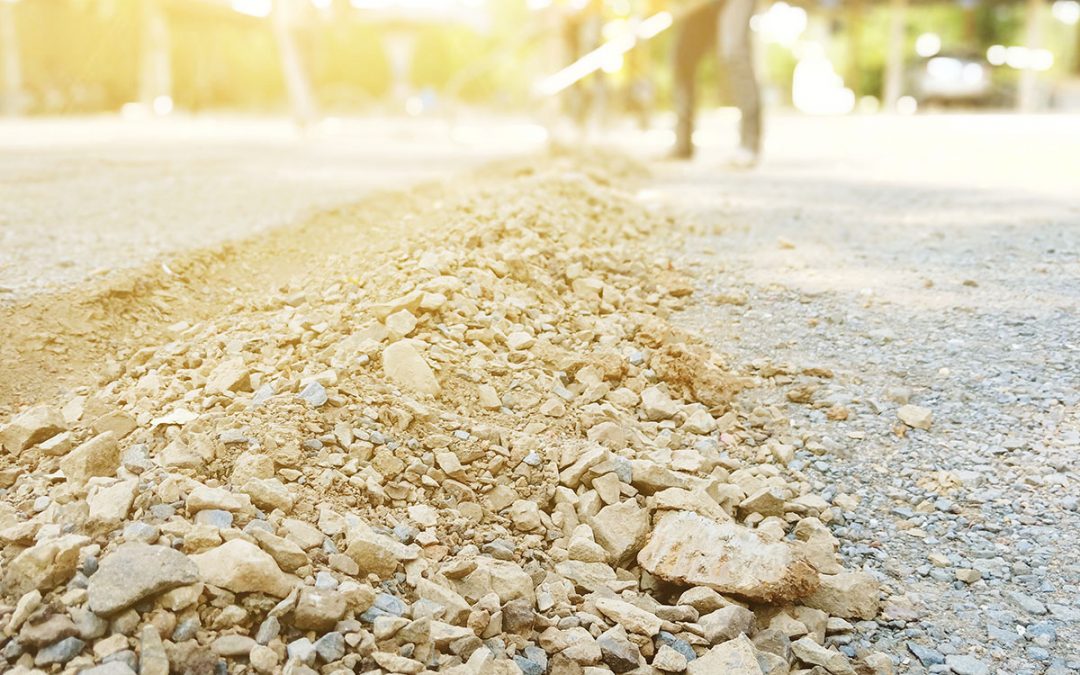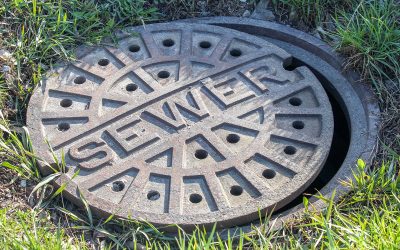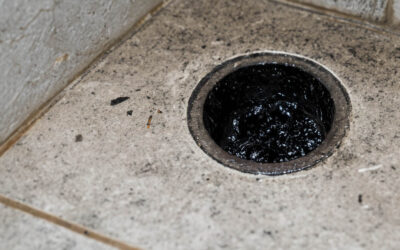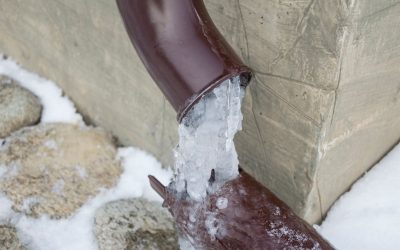The earliest forms of French drains date back to the 1800s – when they took the form of simple ditches used to collect water.
While it remains unclear if the drain was first invented in France, a lawyer named Henry French was the one to describe and popularize the invention.
Nowadays, the French drain consists of a series of perforated pipes that run horizontally through the floor of the basement. So if you want to learn more about how the French drain works, then you have come to the right place.
In the following article, we have gathered some important information concerning the mechanics of French drains and how you can make your own using a simple method. Just take a look down below, and you will find the answers you seek.
What Is A French Drain?
French drains consist of a small trench (or ditch) filled with gravel, sand, or other materials that allow for the passage of water but prevent soil erosion.
They are installed on the exterior side of a foundation wall and usually extend up to 6 inches into the ground. A French drain allows water to flow away from your home by allowing it to seep out through the holes in the pipe.
The water flows out of the hole at the bottom of the pipe and collects in an area where there is no obstruction. This prevents the water from flowing against the foundation wall and causing damage to the structure.
A French drain also helps keep the soil around your home dry by preventing any excess moisture from collecting near the foundation.
How Does A French Drain Work?
As mentioned above, French drains ensure that water runs away from your home instead of accumulating near the foundation.
The water runs into a deep trench filled with gravel or sand, where it then flows into a pipe at the bottom of the drain.
The liquid then runs through the pipe and is distributed in a safe location far away from the original source. When making a French drain in your garden, it’s important that one side of the trench be sloped slightly upwards so that water can easily flow out.
If the slope isn’t steep enough, then the water may not drain properly. If you’re looking to install a French drain yourself, then you’ll need to dig a trench along the perimeter of your property.
If you don’t know how to dig a trench, then you might want to consider hiring a professional plumber or contractor to do the job for you.
In most cases, people who build their own French drains will direct the water to another part of their land. However, it is also possible to send the liquid into a ditch or straight into the street.
What Is A French Interior Drain?
An interior French drain is similar to a French exterior drain. It has a similar function, but it is located inside your house rather than outside.
In most cases, professionals will recommend interior drains when the land around your home is too wet or sandy. In this situation, the water would collect in the yard and cause flooding problems.
As such, installing an interior French drain ensures that the water doesn’t pool anywhere near your home. It should be noted that interior French drains are only recommended if they are installed correctly.
Otherwise, they could lead to serious health issues. For example, if the drainage system is blocked, then the water could start backing up into your basement.
How To Install A French Drain
French drains can be very easy to install. Just follow these instructions, and you should be able to complete your French drain in five easy steps:
Dig The Trench
To begin, you’ll first need to dig a trench around the perimeter of your property as well as down to the grade level. This trench will form the main compartment of the drain and should be big enough to accommodate the tube and gravel.
It is also important that you make one side of the trench slightly higher than the other so that the water can easily flow out of the drain.
Fill The Trench With Gravel Or Sand
Once you’ve dug the trench, you’ll need to fill it with gravel or sand. You’ll find that different types of gravel work better depending on what type of soil you have.
Soil that contains clay tends to clog drains quickly, while soils containing sand tend to hold water more effectively.
The aggregate will help to keep the water flowing and prevent debris from getting stuck in the drain. In most cases, you will want the sand or gravel to reach a depth of 2 cm.
Lay Out Your Pipe System
Next, you will need to lay out your pipe system. First, you will need to place the drain pipe in the trench and secure it.
Then, you will need to play the perforated pipe over the top of the drainpipe. When this is done, you can continue to the next step.
Cover The Top Of The Pipe With Gravel
Next, you’ll need to finish off the drain by covering the top of the pipe with gravel. Make sure that there are no gaps between the gravel and the pipe.
Hide The French Drain From Sight
To hide the French drain, you can either conceal it with a layer of soil or similar landscape material. If you choose to cover it with soil, you’ll need to compact the soil before adding any additional layers.
If you decide to use landscaping materials, you’ll need to cut them to size and add them to the bottom of the trench.
For domestic projects, it is possible to conceal the drain using grass, plants, and garden furniture. However, for commercial properties, it’s best to hire a professional landscaper who has experience working with underground pipes.
Conclusion
In conclusion, French drains are a great way to remove excess water from your property without having to worry about damage to your lawn or foundation.
They’re also very effective at preventing erosion and flooding. However, you will need to take some time to properly plan and install the drain.







